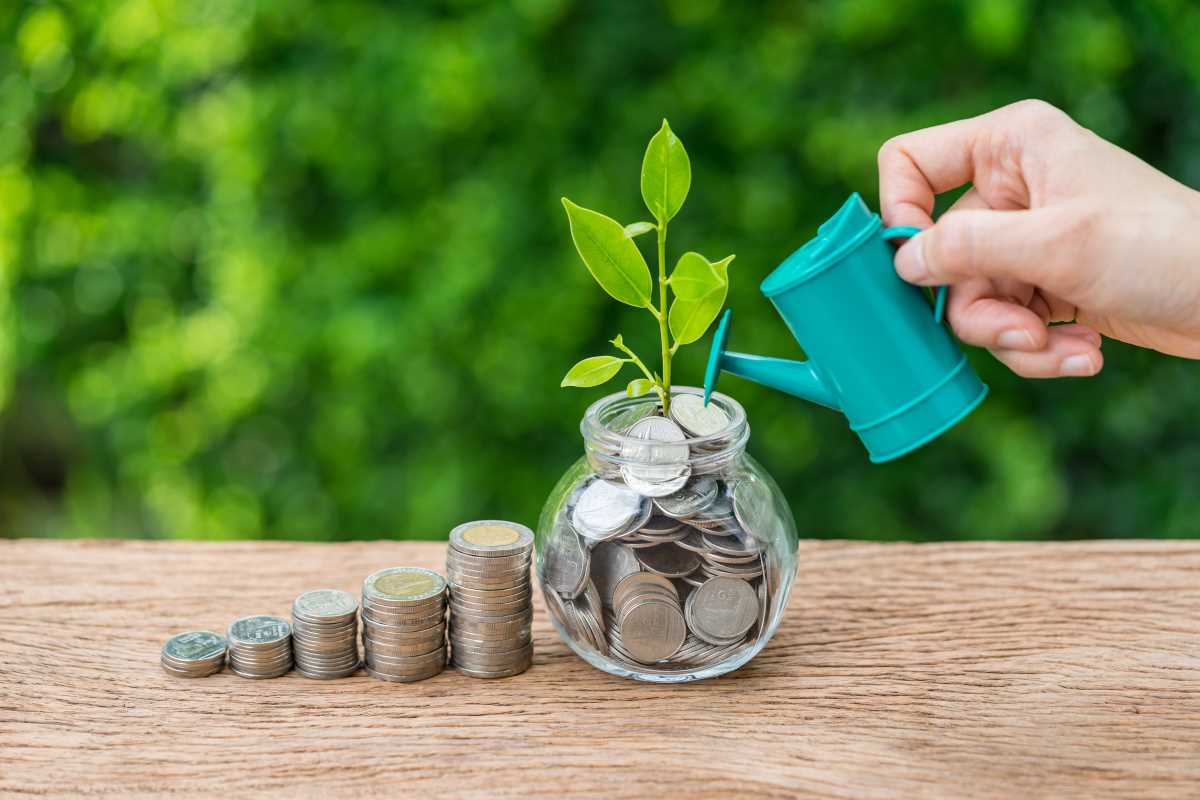In recent years, personal finance apps have surged in popularity, transforming the way individuals manage their money. With a smartphone in nearly every pocket, these apps have become indispensable tools for people looking to take control of their financial future. They offer a range of features designed to simplify money management and provide insights that were once reserved for financial advisors. Personal finance apps are changing the game in how we approach budgeting, saving, and investing. We'll explore how these apps are revolutionizing personal finance, the benefits they bring, and the challenges they face as they become an integral part of our financial lives.
Convenience and Accessibility
One of the most significant advantages of personal finance apps is their convenience and accessibility. In the past, managing finances often required manual methods, such as spreadsheets, paper ledgers, or regular visits to the bank. Today, these apps bring all financial data to your fingertips, allowing users to access their accounts, review transactions, and monitor spending patterns anytime, anywhere. Whether on a lunch break, during a commute, or while relaxing at home, personal finance apps make it easy to stay connected to your financial life.
This level of convenience not only saves time but also encourages more frequent engagement with one’s finances. When managing money is simplified and easily accessible, users are more likely to check their accounts regularly, review recent spending, and stay on top of bills. This increased frequency of engagement empowers users to make informed financial decisions, whether it’s adjusting their budget or addressing an unexpected expense. It also fosters a sense of control, as people can make real-time adjustments to their finances, enhancing their financial literacy over time.
Real-Time Financial Tracking
Personal finance apps offer real-time tracking of financial data, providing users with up-to-date information on their income, expenses, and account balances. This feature allows individuals to monitor their finances more closely, spot trends, and identify potential issues before they become significant problems. For instance, many apps send instant notifications for transactions, account balance changes, and bill due dates. This allows users to quickly address issues like unauthorized charges or low balances, which can help prevent overdraft fees or other financial mishaps.
Real-time tracking also allows users to observe their spending habits in a more immediate way. With a detailed breakdown of expenses by category, users can see where they are overspending and adjust accordingly. Apps typically provide visual aids such as graphs and charts, which help users better understand their financial behavior. This data can be invaluable when trying to stick to a budget or when planning for future expenses. By continuously tracking spending, users are more likely to stay accountable to their financial goals, whether that’s paying off debt or saving for a large purchase.
Budgeting and Saving Features
Many personal finance apps come equipped with powerful budgeting and saving tools. These features are designed to help users stay on top of their finances and save money without having to think too hard about it. Budgeting tools within these apps often allow users to set spending limits for different categories, such as groceries, entertainment, or dining out. These apps track spending in real time, notifying users when they approach or exceed their budget for a particular category. This built-in accountability helps users make smarter financial choices, ensuring they stay within their means and avoid overspending.
Some apps also come with automated savings features that make it easier for users to build their savings over time. For example, certain apps allow users to round up purchases to the nearest dollar and automatically transfer the difference into a savings account. This “spare change” approach helps individuals save small amounts of money without even thinking about it, gradually building up their savings. Other apps offer “set-and-forget” saving options, where users can create recurring transfers from their checking to savings accounts on a regular basis. This automation takes the effort out of saving, making it easier for individuals to build a financial cushion over time.
Security and Privacy Concerns
While the benefits of personal finance apps are substantial, they also raise concerns about security and privacy. Users often need to link their bank accounts, credit cards, and other financial information to the apps, making them potential targets for cyberattacks. For example, hackers may attempt to access the sensitive financial data stored within these apps, potentially leading to identity theft, fraud, or financial losses.
To mitigate these risks, most personal finance apps use advanced encryption techniques and multi-factor authentication to protect user data. Encryption helps safeguard information by converting it into unreadable code that can only be deciphered with the correct key. Multi-factor authentication adds an extra layer of protection, requiring users to verify their identity through multiple methods, such as entering a password and responding to a text message code. While these measures can significantly reduce the likelihood of data breaches, users must remain vigilant about the apps they choose to use. It’s important to select reputable apps that have a track record of strong security practices.
Users can also take steps to protect their personal information, such as using unique passwords for each financial app and ensuring that their smartphones are secured with a password or biometric lock. Reviewing app reviews, checking for updates, and understanding the privacy policy of the app are also critical in selecting a trustworthy platform.
The Future of Personal Finance Apps
The future of personal finance apps looks promising, with continuous advancements in technology and growing consumer demand for greater financial autonomy. As artificial intelligence (AI) and machine learning become more integrated into these platforms, personal finance apps will be able to offer even more personalized financial advice and predictive analytics. With the help of AI, these apps will be able to analyze a user’s spending patterns, income, and financial goals to provide customized suggestions for saving money, adjusting budgets, or even making investment decisions.
For example, machine learning could help users predict future spending trends based on historical data, offering proactive advice on when to save or adjust spending. Similarly, AI could provide tailored recommendations for investment opportunities based on the user’s risk profile and financial objectives, democratizing access to personalized financial advice that was once the exclusive domain of financial advisors.
Another key trend in the future of personal finance apps is the integration of open banking. Open banking is a system where banks and other financial institutions allow third-party apps to access a user’s financial data (with permission) to provide a more comprehensive view of their financial situation. This will allow personal finance apps to aggregate data from various accounts, including savings, credit cards, loans, and even investment portfolios. By consolidating this data in one place, users will have a clearer, more holistic view of their financial health. This integrated approach will make it easier for users to manage their finances in one app, optimizing their financial decisions and helping them reach their financial goals more efficiently.
However, with these advancements come increased responsibilities for app developers to ensure data security and maintain user trust. As apps become more sophisticated, they must balance innovation with robust privacy protections. Users will expect personal finance apps to provide cutting-edge features while safeguarding their sensitive financial information. As regulatory requirements continue to evolve, developers will also need to stay compliant with data protection laws and guidelines to protect users’ privacy.
 (Image via
(Image via





